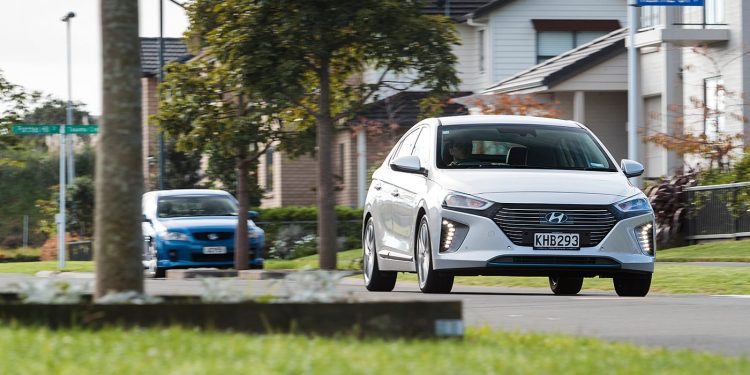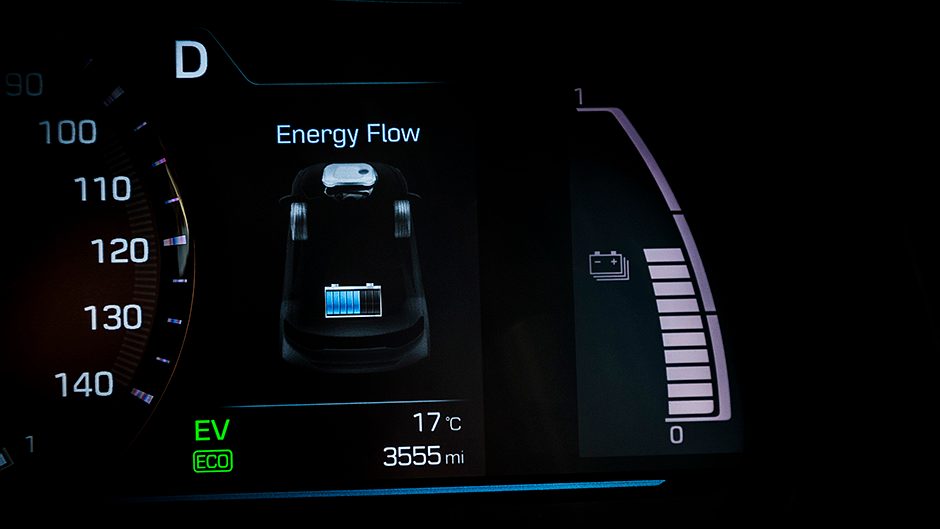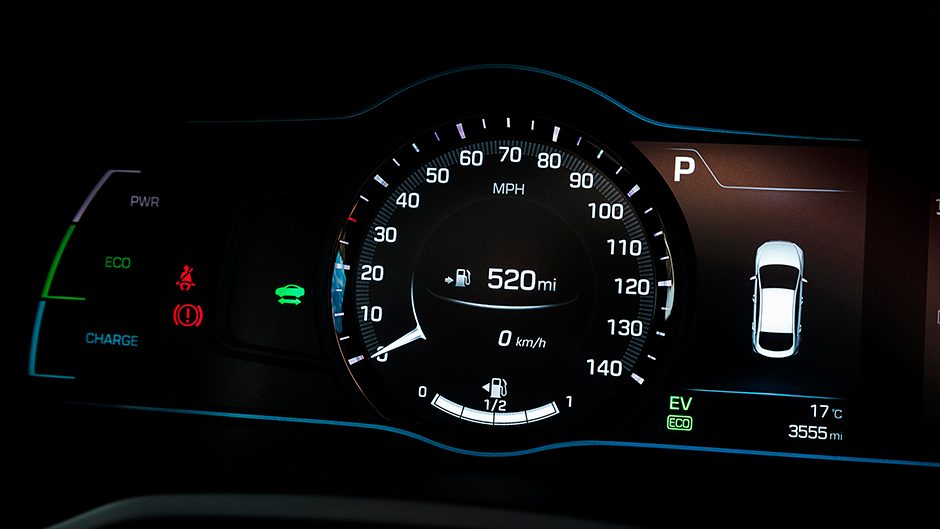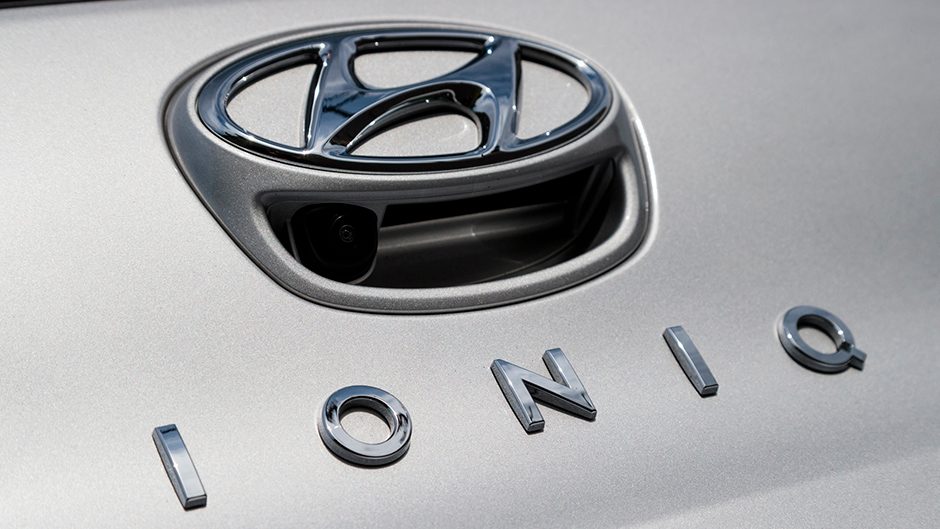2017 Hyundai Ioniq Hybrid Elite review
Last month we reviewed Hyundai’s all-electric Ioniq, and now comes the second of the three driveline options for the model, the conventional hybrid. The third option, the plug-in hybrid, is still inbound.
The Ioniq hybrid’s set-up consists of a 77kW/147Nm 1.6-litre direct injection engine running on the lean burning Atkinson cycle, with a 32kW/170Nm electric motor placed between it and the six-speed twin-clutch auto. The motor draws juice from a 1.56kW/h lithium-ion polymer battery (which has a 10-year warranty) living under the back seat. Hyundai rates the total system output at 104kW and 265Nm, and says the official fuel test result is 3.9L/100km. It’s rated to comply with Euro6 emissions standards too.
So economical then, but the fundamental EVangelists will poo-poo it as they see anything requiring petrol to be outmoded. But if you’re still a little anxious about touring range and aren’t quite ready to part with $60k – $66k for a hatch, then the hybrid might suit better. Not that this is a whole lot cheaper, starting at $47k while the Elite tested is $53k, but it’s line-ball with the main competition, the Toyota Prius ($47,490 – $54,990).
And we’d opt for the Hyundai simply because it looks better than the fish-like Prius. Speaking of styling, what a difference a grille makes to the look of the Ioniq; the hybrid’s appearance drew none of the negative comments that were levelled at the EV version. It looks rather conventional, smart almost in silver, and it’s a better alloy design too.
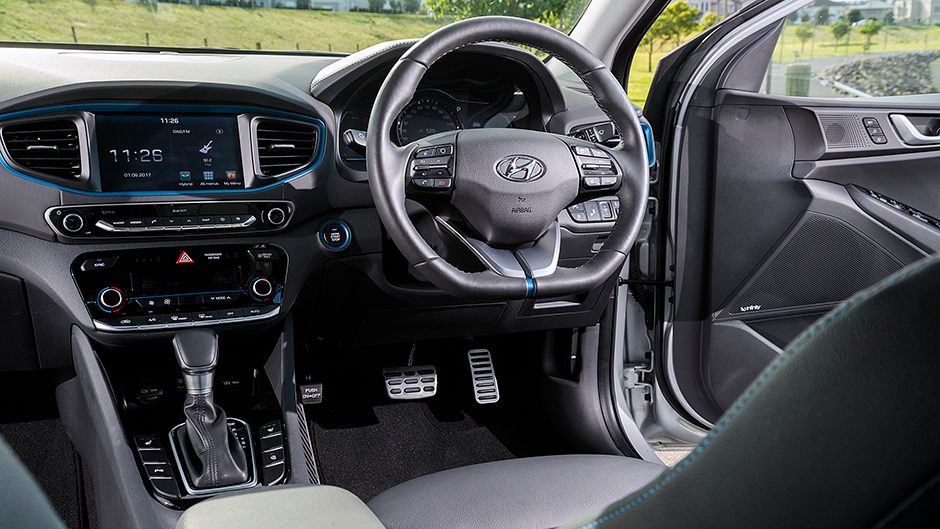
And it’s all fairly conventional in operation, much like the Kia Niro we drove late last year. Prod the start button, select drive and go. There are no quirks for quirk sake, no EV mode to obsess over, no regenerative braking function to mess with. You just hop in and drive.
The initial take off uses the electric motor but the engine is in quickly to help out. Once up to speed, you can back off the gas, the engine will switch off and it can maintain speed using volts and amps on the flat, even on the motorway, though the other motor will quickly offer a helping hand again to accelerate. The initial start-off on battery power is smooth, as is the engine’s introduction, though you do notice the gearbox shifting through the ratios.
It works well as a city car with light steering, the ride pliant, and there’s a bit of a surge when you put your foot down to catch a gap in traffic, but this urge diminishes as speed increases. It struggles to duck under 10sec in the dash to 100km/h. But it does the business on the economy front, the trip computer registering a best average of 4.1L/100km, and 4.9 doing our worst.
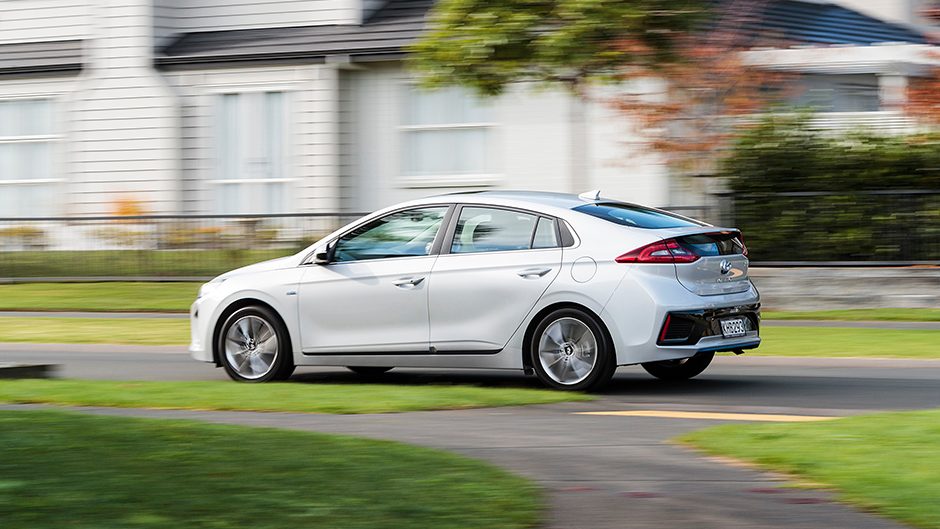
There are a few eco-meters to help coach your driving along, with the usual power flow diagram to show you what the system is up to. There’s also a battery level indicator which continually hovered around the half full mark (or half empty if you’re that sort of person). The battery is recharged on the move by the engine or when coasting or braking; you don’t plug this version in at all, just fill it with gas every few weeks.
There’s little in the way of wind noise thanks to its slippery form, but it generates more noise than the EV; the engine is a source and so too the rubber as it’s fitted with actual tyres, sporty Michelins in this case rather than skinny eco treads. So there’s more grip and it turns more keenly but the steering is numb, as is the chassis feel. Flick the gear lever into Sport mode and the dials glow red as a tacho appears, the engine works harder, revving longer while the cogs are swapped more hastily as well. But it doesn’t feel quite right to attack the bends in this sort of hybrid.
No, it’s more a means of convenient, economical conveyance. The interior is well made and functional with plenty of storage holes and places to charge things, including an iQ pad but devices charge more quickly via the USB plug (and your phone doesn’t get hot either). You can sort yourself a good driving position, and the forward vision is sound, though the rear is hampered by the large C pillar, and the split screen tailgate. A decent reversing camera helps solve the issue when backing at least.
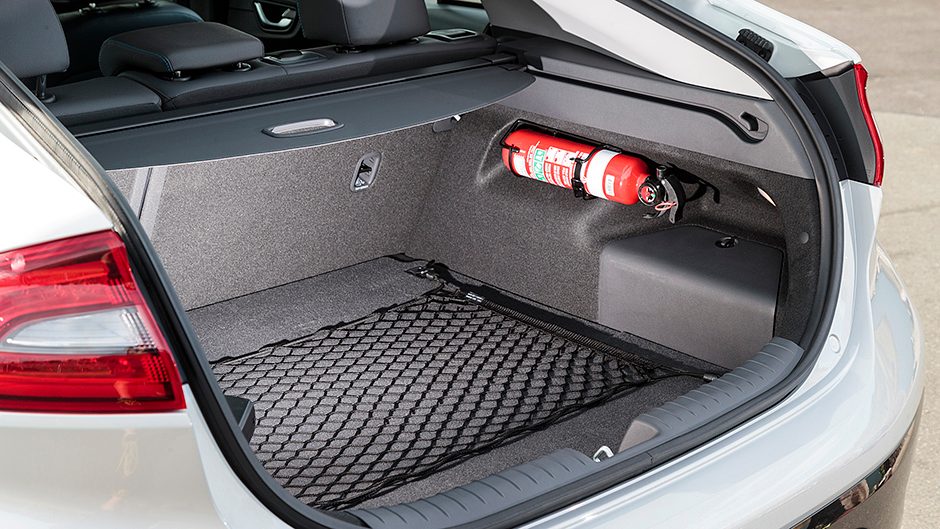
As for size, there’s decent legroom in the back, though three adults across would be an uncomfortable squeeze. The boot is not particularly deep, but the rear seat can be folded down for extra space.
The entry-level model is $46,990 with standard specification running to smart cruise, AEB and lane keeping while there’s a five-inch touchscreen with bluetooth audio streaming. It has rear sensors, a camera and cloth trim. The Elite is $52,990 with bigger alloys, upgraded infotainment with smartphone connectivity, a smart key, leather heated seats, variable TFT display, blind spot monitoring, front sensors and a park assist system.
We say this hybrid version of the Ioniq has got to be better than the Prius because it looks ok, but we also recommend to hold off for just a bit to see what the Ioniq plug-in offers; it’s here in a few months.
| Model | Hyundai Ioniq Hybrid Elite | Price | $52,990 |
| Engine | 1580cc, IL4, DI, 77kW/147Nm | Drivetrain | 6D, FWD |
| Fuel Use | 3.9L/100km | C02 Output | 92g/km |
| 0-100km/h | 10.92sec | Weight | 1480kg |


